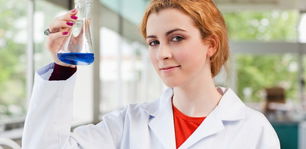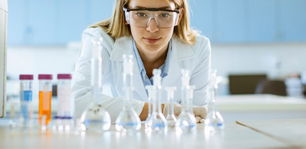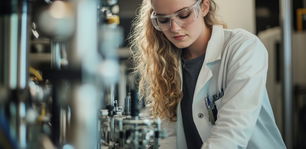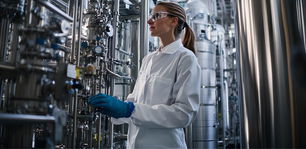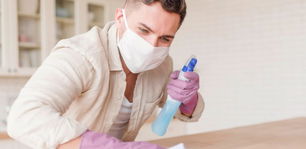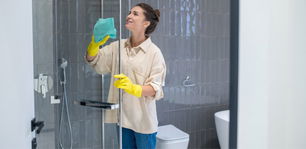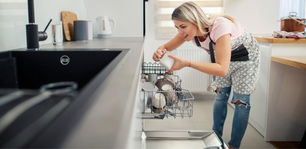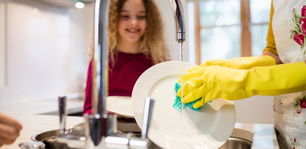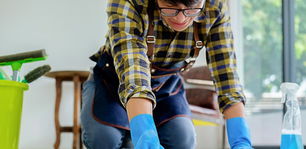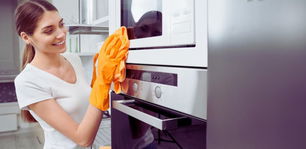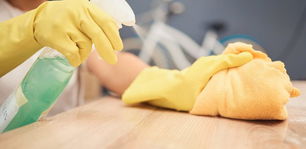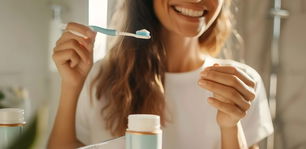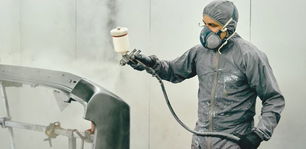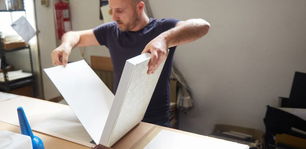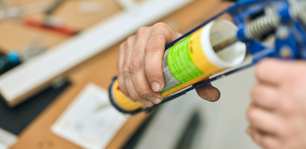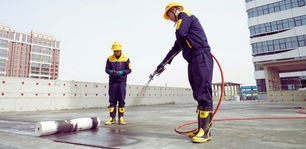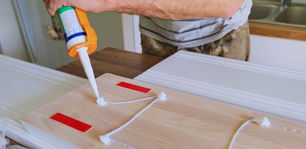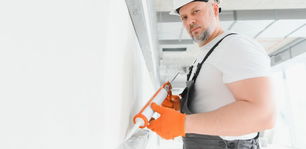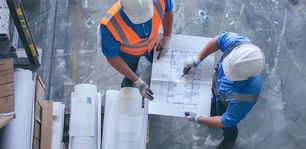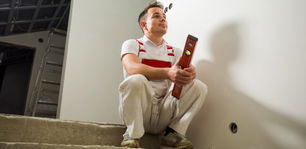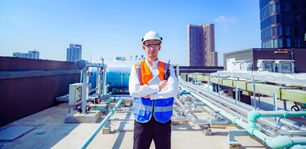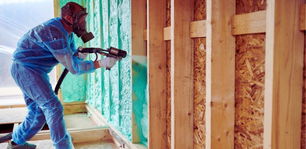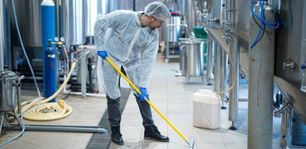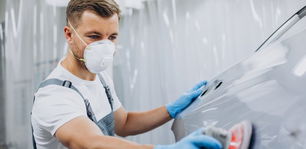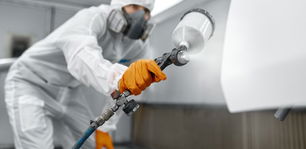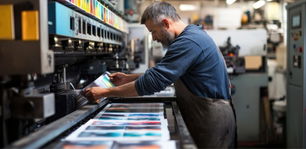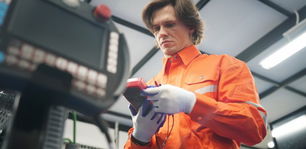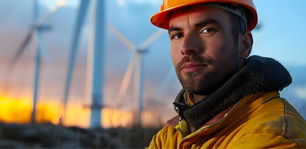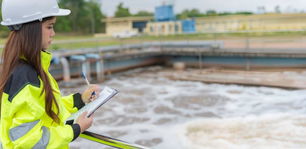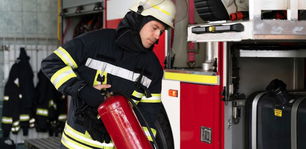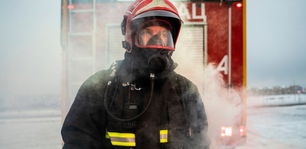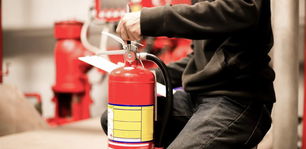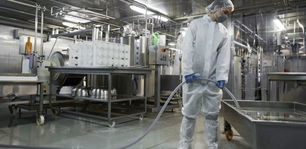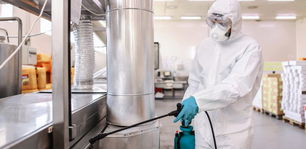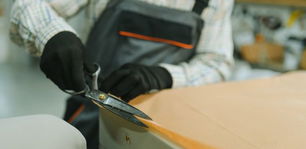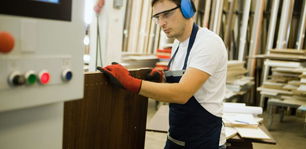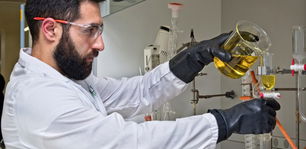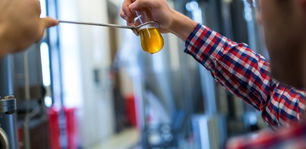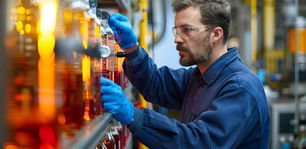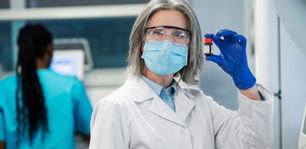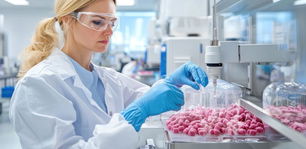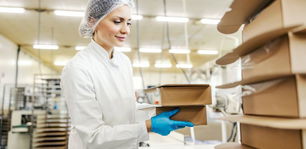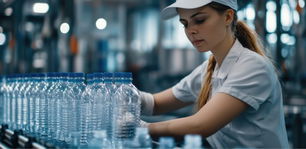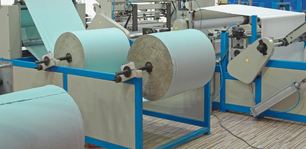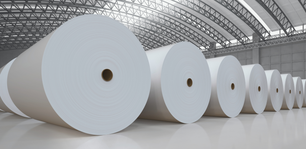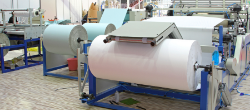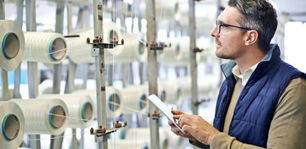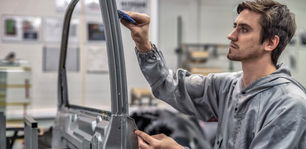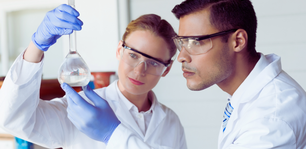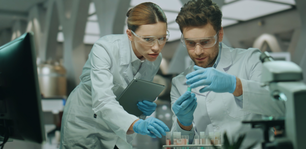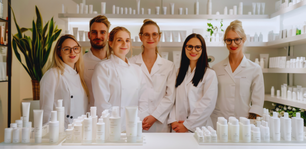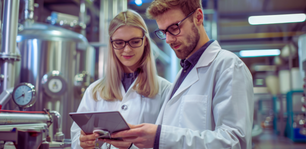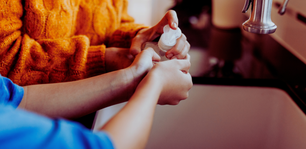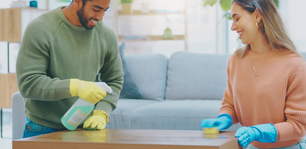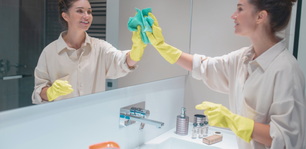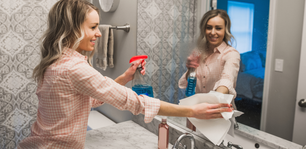Water quality directly affects the health and comfort of every user of a water supply system. Even water with a clear appearance can contain pathogenic micro-organisms, viruses and harmful chemicals that pose a real health risk.
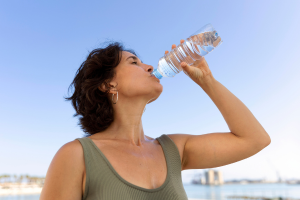
How do you purify water to make it drinkable? Learn an overview of the risks, as well as methods and measures to improve security.
Drinking water disinfection – what is it and why is it carried out?
Disinfection is a process that aims to remove contaminants from water, mainly in the form of microorganisms (bacteria, viruses, protozoa, fungi). This improves water quality and safety, and thus reduces the risk of diseases and health problems.
There are at least a few popular methods for carrying out water disinfection. Essentially, they can be divided into chemical (using dedicated agents) and physical (e.g., using high temperatures). You will read more about them in a moment.
What threatens the safety of drinking water? Types of pollution.
We can divide water pollutants into several basic groups – classifying them according to their origin and potential hazards. Specific attribute:
- Biological, i.e. mainly bacteria, fungi, viruses and protozoa. Depending on the type, they can cause minor discomfort or even lead to serious illness.
- Physical, i.e. less threatening, although affecting the appearance of the water (e.g., various types of sediment).
- Chemicals, which include a whole spectrum of substances with varying effects on the human body. These include heavy metals, pesticides, substances of organic origin, etc.

How to disinfect drinking water?
The criterion for selecting the right method of drinking water purification is primarily its current quality, intended use and the amount that needs to be disinfected. The approach to this process is completely different when it comes to water used at home, and completely different when we consider, for example, industrial use.
#1 Cooking
It involves heating the water to 100 degrees Celsius to eliminate virtually all pathogens. Important: this method is ONLY effective in certain cases, because is not capable to remove chemical and physical contaminants.
#2 Filtration
This method is based on the action of special sieves that trap pathogens and other contaminants. Unfortunately, while microfilters are excellent at removing bacteria and protozoa – they are unable to stop viruses. Tip: to ensure that the filter itself does not become a source of problems (read: a breeding ground for bacteria) – it must be hygienically maintained and changed regularly.
#3 Chlorination
It uses a popular chemical agent (administered in an appropriate concentration – safe for humans) that effectively eliminates both bacteria and viruses from water. Due to its specific nature, it is particularly suitable for treating larger amounts of water (e.g., in industrial plants).
An equally popular agent for commercial use is Sodium hypochlorite. You can find it in the PCC Rokita product range.
Check out the PCC Group’s range of water treatment chemicals.
#4 Radiation
This method uses special UV lamps, which damage and ultimately eliminate microorganisms that are hazardous to health. It is often used as a supplementary method after initial filtration. Its advantage is that it does not affect the parameters of the water (taste and odour).
#5 Ozonation
It involves dissolving a gas (ozone) directly into water. Firstly, it deals with virtually all pathogens. Secondly, once the water is disinfected, it breaks down into oxygen. However, limitations of this method should be borne in mind. It provides relatively short protection and is therefore used as a supplementary method.
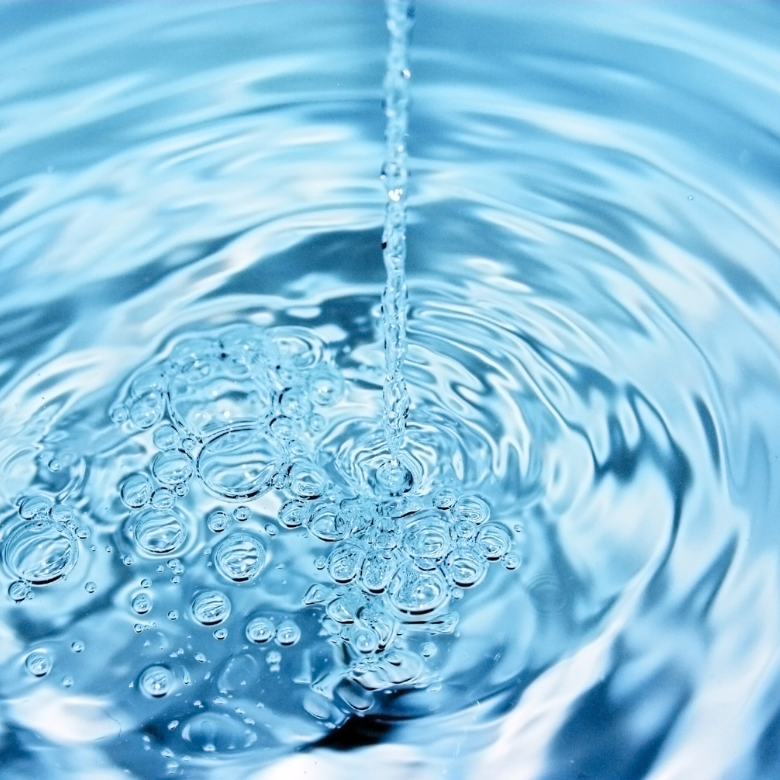
Other water disinfection methods
Among other ways to remove contaminants from water are methods using chlorine dioxide, iodine, colloidal silver, potassium permanganate, hydrogen peroxide and peracetic acid. Each one has its strengths as well as its weaknesses. However, we recommend that only experienced and competent specialists may use them.
Read more about: what should the pH of drinking water be?
How to assess the quality of treated water?
It all comes down to how it was contaminated. While boiling or filtering works well for ‘ordinary’ tap water (eliminating most hazards), if you suspect serious contamination, it is definitely better to rely on professional laboratory tests.
Their results will not only show the possible presence of bacteria, chlorine or other substances, but will also indicate whether they are within specific (i.e. safe) limits.
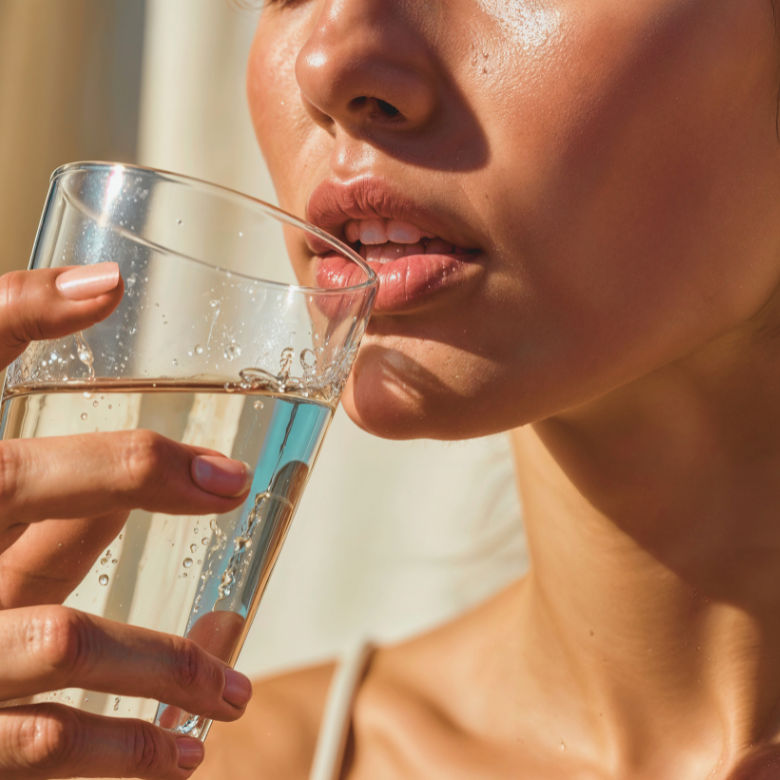
Harmfulness of disinfected water – is it safe?
This paradox mainly concerns disinfection using chemicals, which themselves can leave behind potentially dangerous or harmful substances. Naturally, the risks associated with the presence of pathogens are far more serious. That is why it is advisable to act proportionately – selecting those methods that are most effective and safest in a given situation.
The good news is that water disinfection methods such as UV radiation and ozonation minimise these problems, offering effectiveness without chemical residues.
Chemical products used for disinfection can be found in the PCC catalogue. For more valuable information, please visit our Company blog.
- https://www.who.int/publications/i/item/9789240045064
